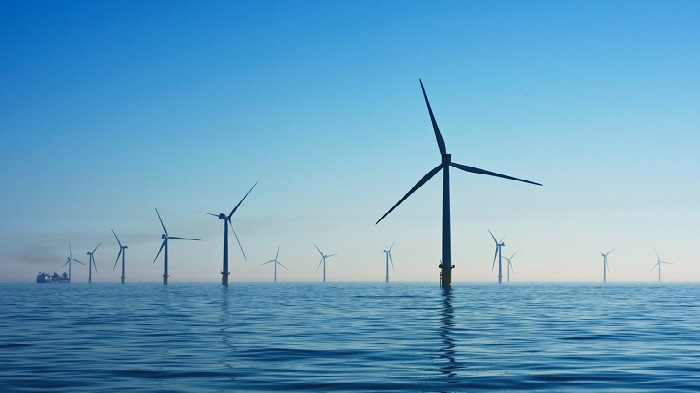After the Federal Maritime and Hydrographic Agency’s pre-examination was finished, the German Federal Network Agency, Bnezta, opened a tender for offshore wind sites. By August 1, 2023, bids for the four sites, N-3.5, N-3.6, N-6.6, and N-6.7, must be submitted.
The tender, which is being held by the German Offshore Wind Energy Act, aims to secure a total capacity of 1800 MW over the four zones. This is expected to be finished by 2028, as stated in the 2023 area development plan.
Important data on the maritime environment, the subsoil, and the wind and oceanic conditions were gathered throughout the pre-examination phase. All interested parties will be able to access the data as part of the call for applications. The winning bidders are exempt from having to conduct these investigations themselves afterward.
The German EEZ of the North Sea includes areas N-6.6 and N-6.7, which are about 90 kilometres away from the closest island, Borkum. The 44 square kilometres of Area N-6.6 have a 630 megawatt installed capacity. Region N-6.7 is 16 square kilometres in size and has a 270 MW installed capacity.
The German North Sea EEZ additionally includes Zones N-3.5 and N-3.6. About 35 kilometres separate them from Norderney, the closest island. 29 square kilometres make up an area of N-3.5, and 420 MW of installed capacity was determined. 33 square kilometres of N-3.6 have a 480-megawatt installed capacity.
The prize is determined via a mandatory point system. The bid amount, which represents the bidder’s readiness to pay, can earn up to 60 points. Also employed are so-called qualitative criteria, which will be put to the test for the first time in the offshore wind industry.
With six projects totalling over 7.6 GW in construction, Germany has over 7.6 GW of offshore wind energy in operation. By 2023, the nation hopes to have installed 30 GW of offshore wind. This objective was stated in the coalition agreement for the government and made binding by the recently modified Wind Offshore Act. Also, it set an expansion target increase of at least 40 GW by 2035 and at least 70 GW by 2040.
Four locations in the North Sea and Baltic Sea with a combined output of 7,000 MW for offshore wind turbines were put up for bid last month by BNetzA. The North Sea has three offshore wind farm sites, each with a 2,000 MW output, and the Baltic Sea has one area with a 1,000 MW production.





































